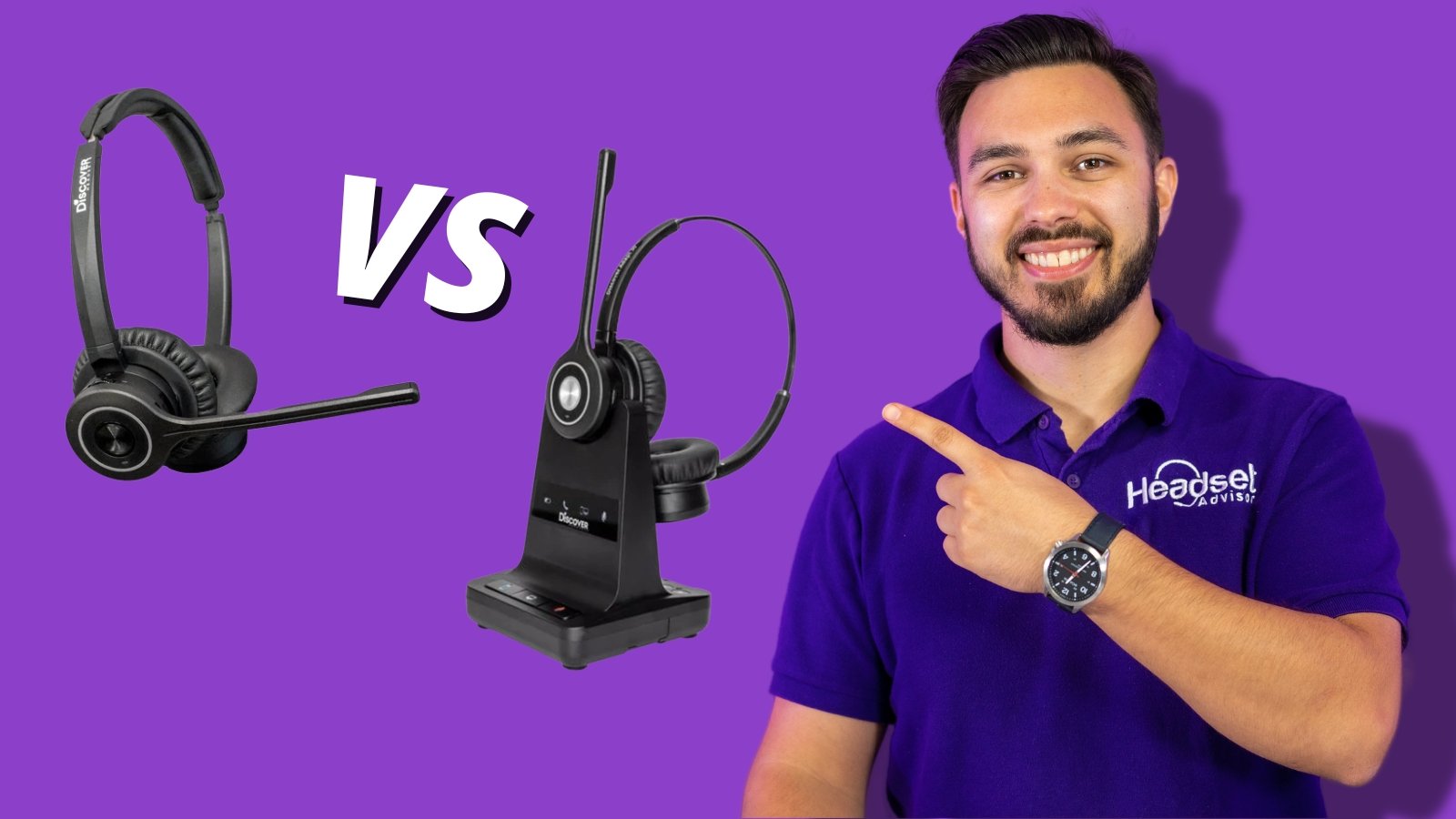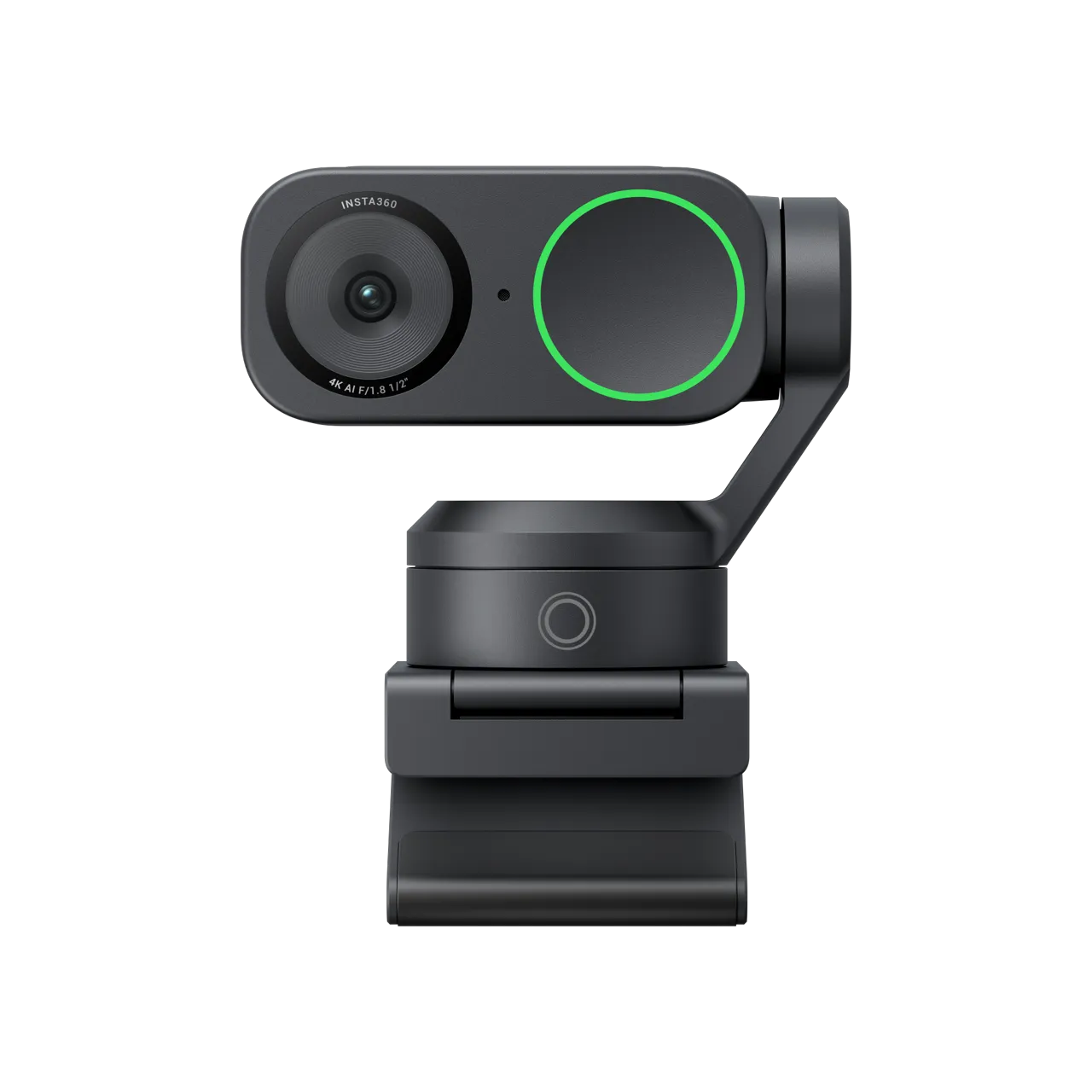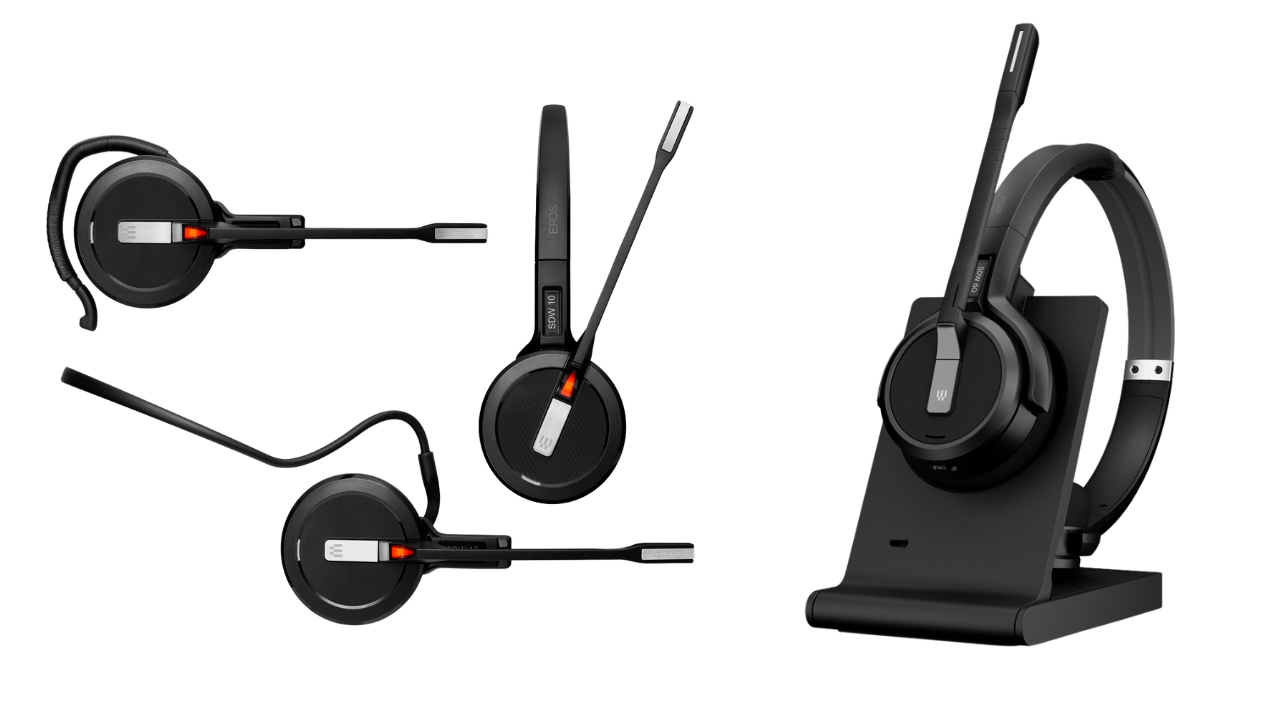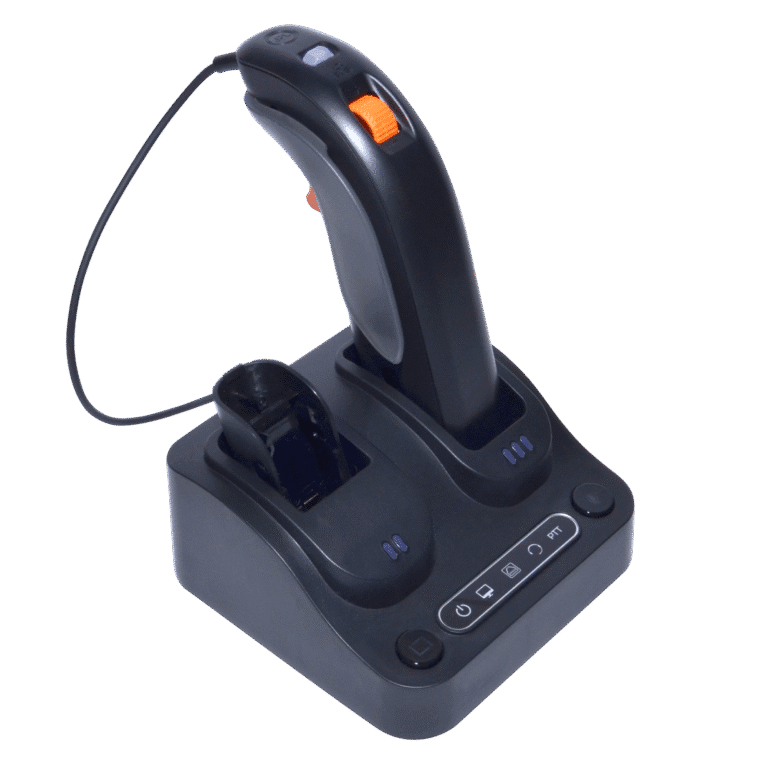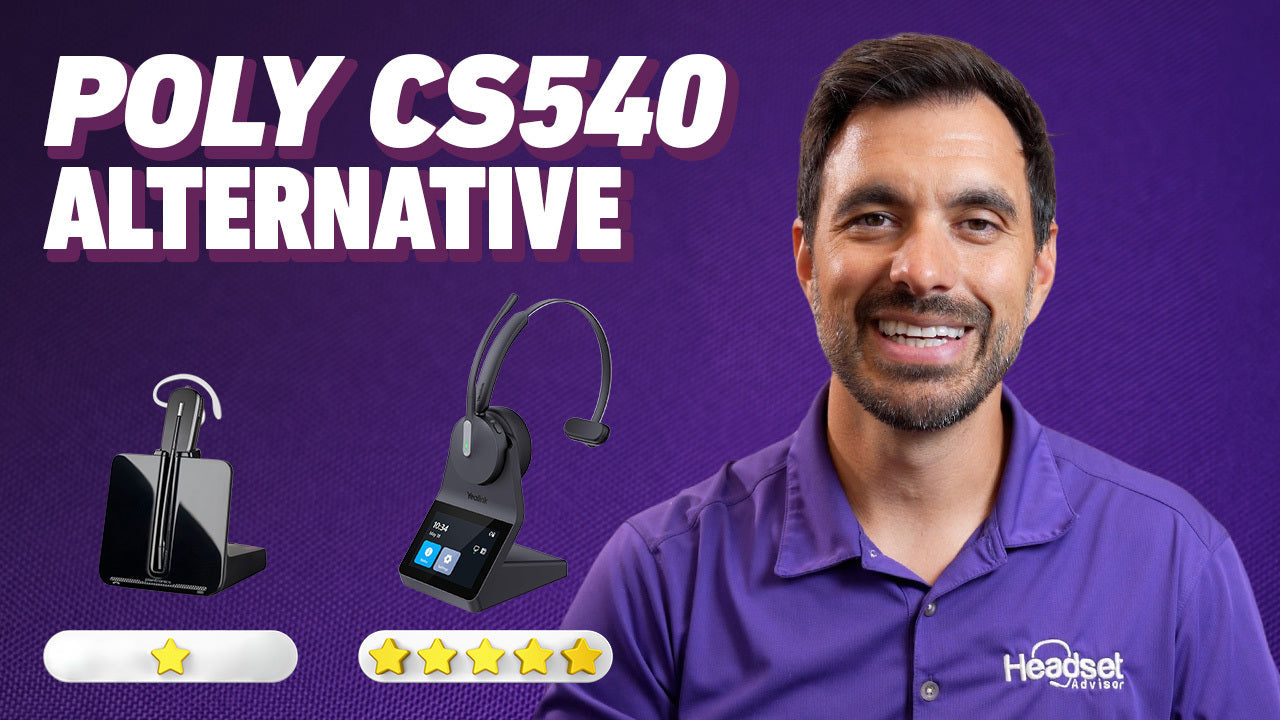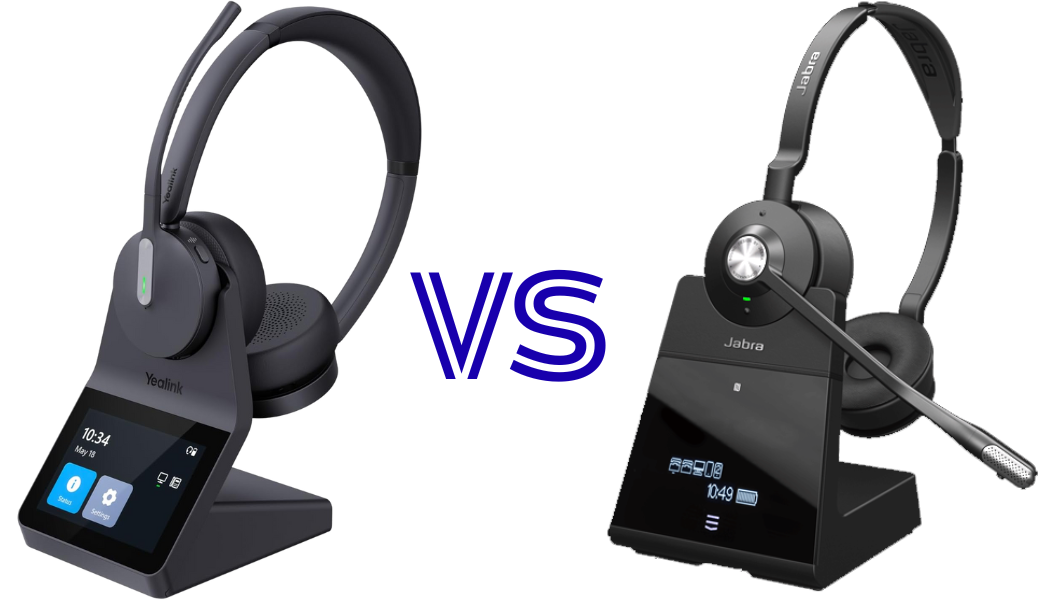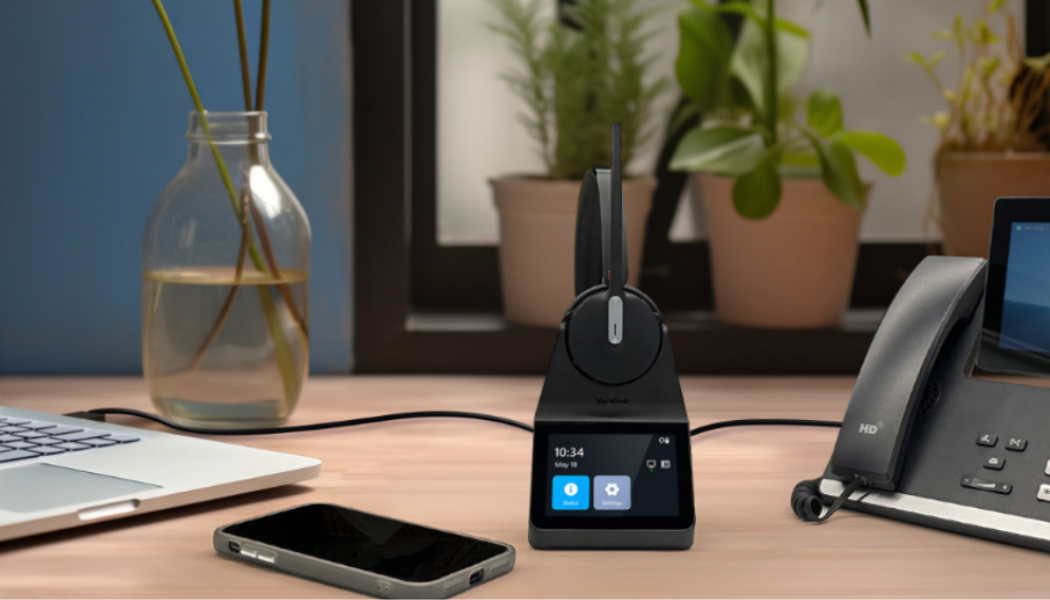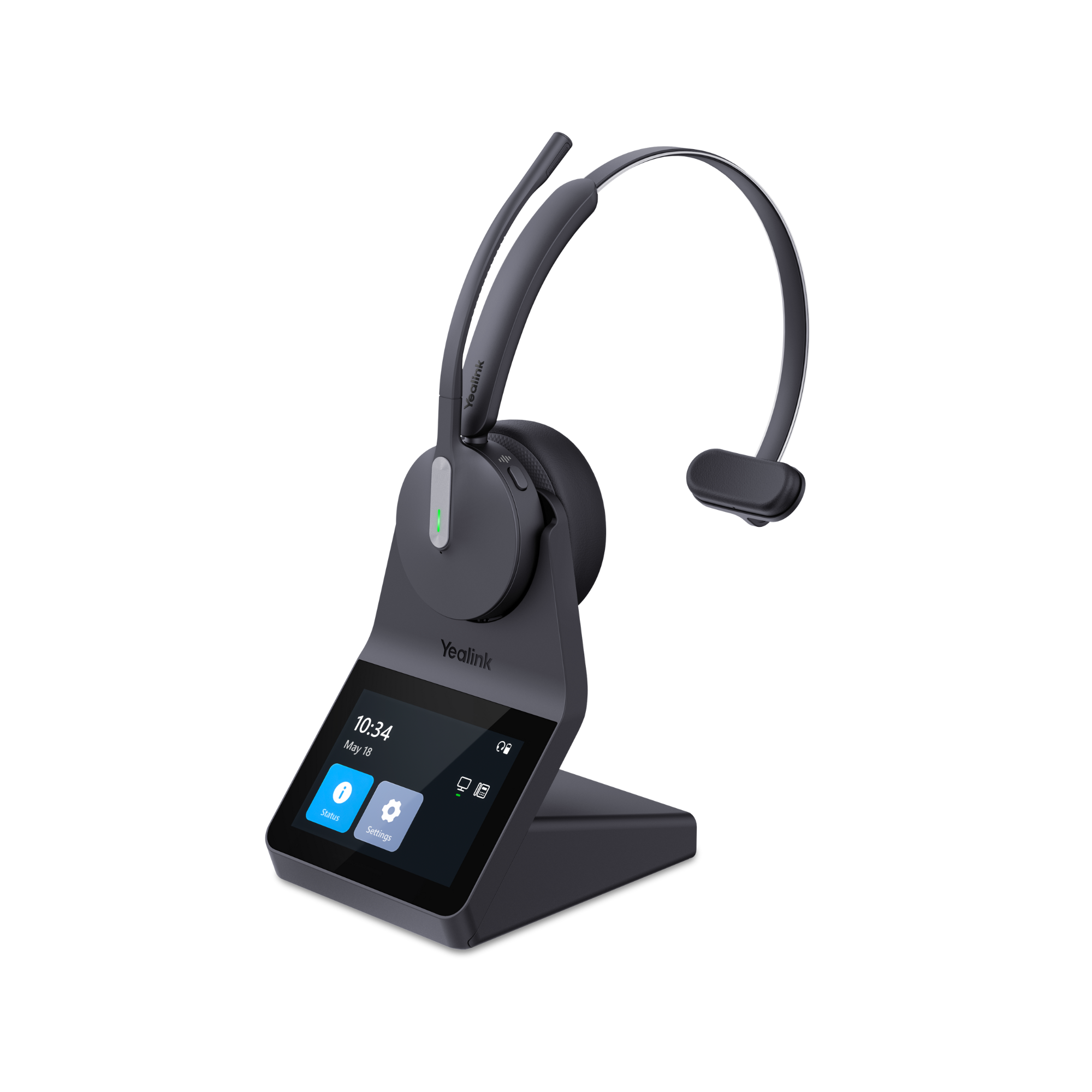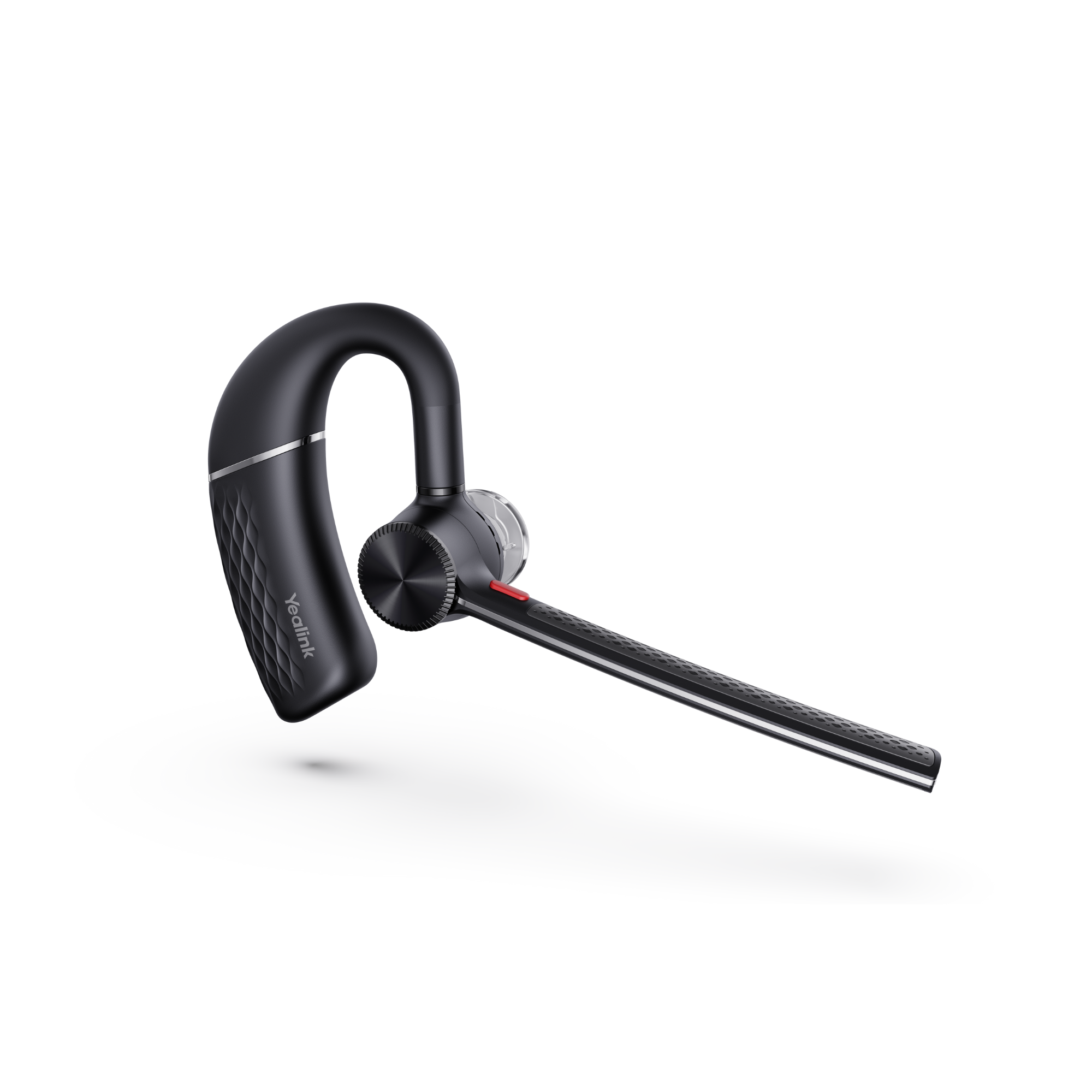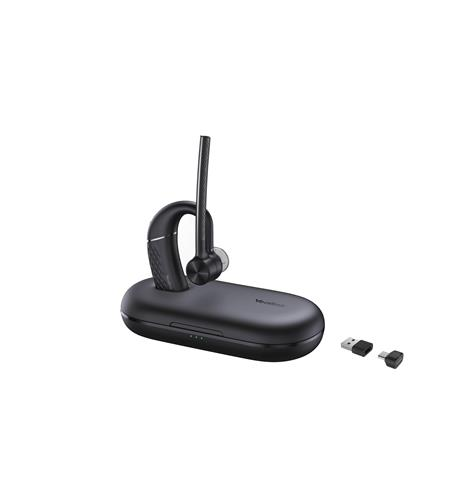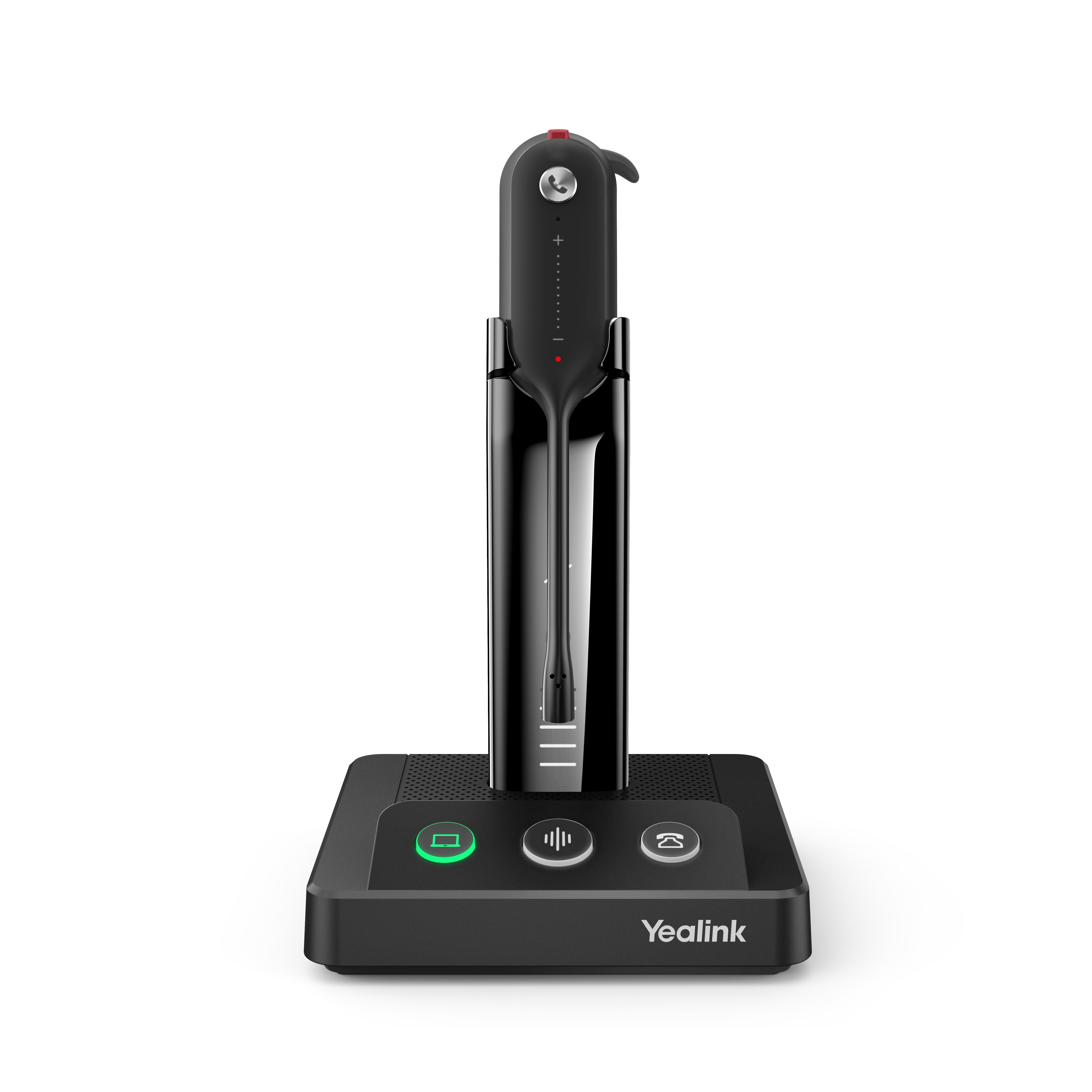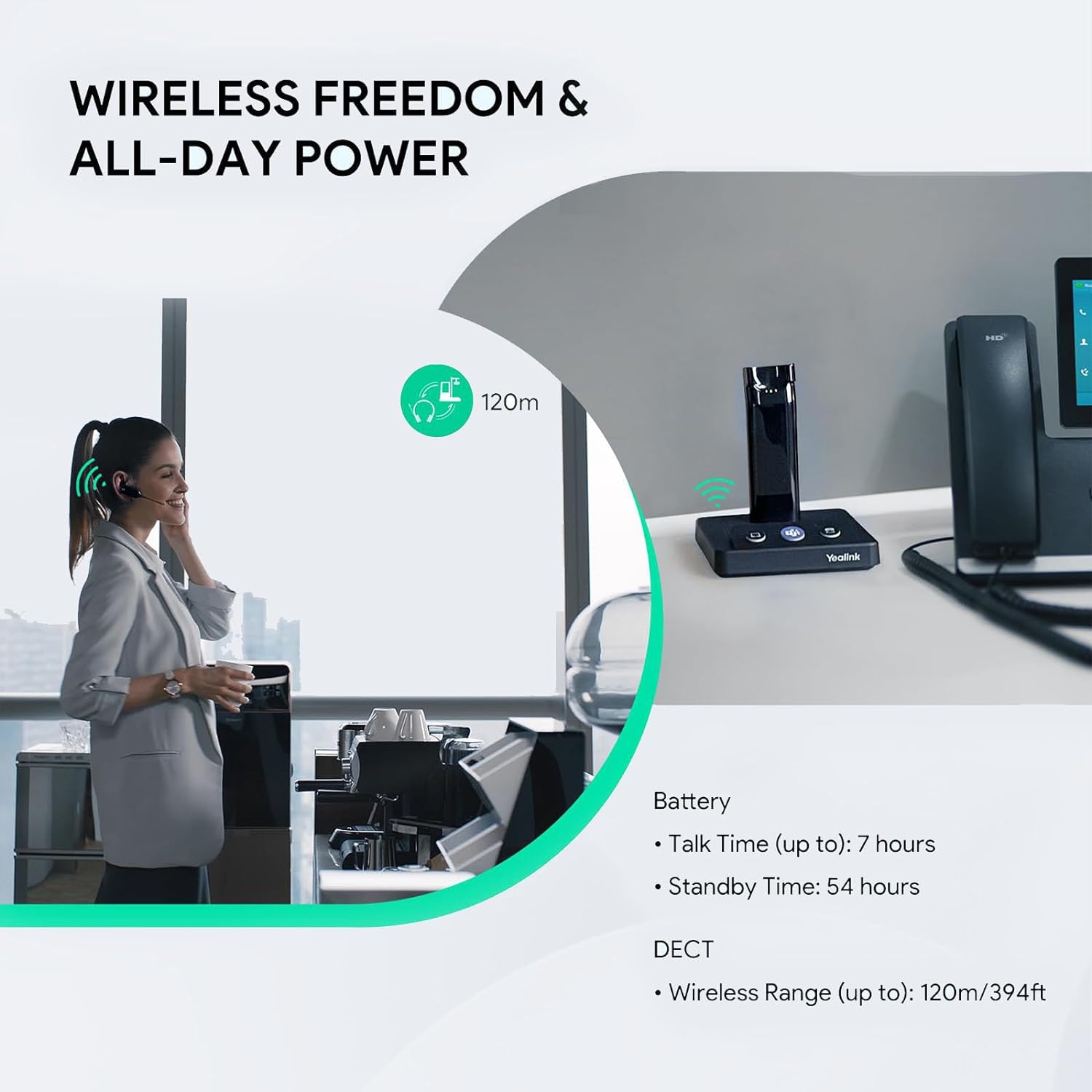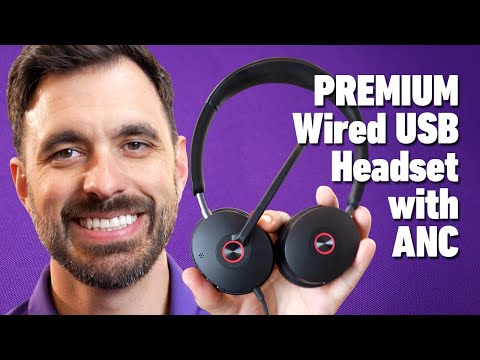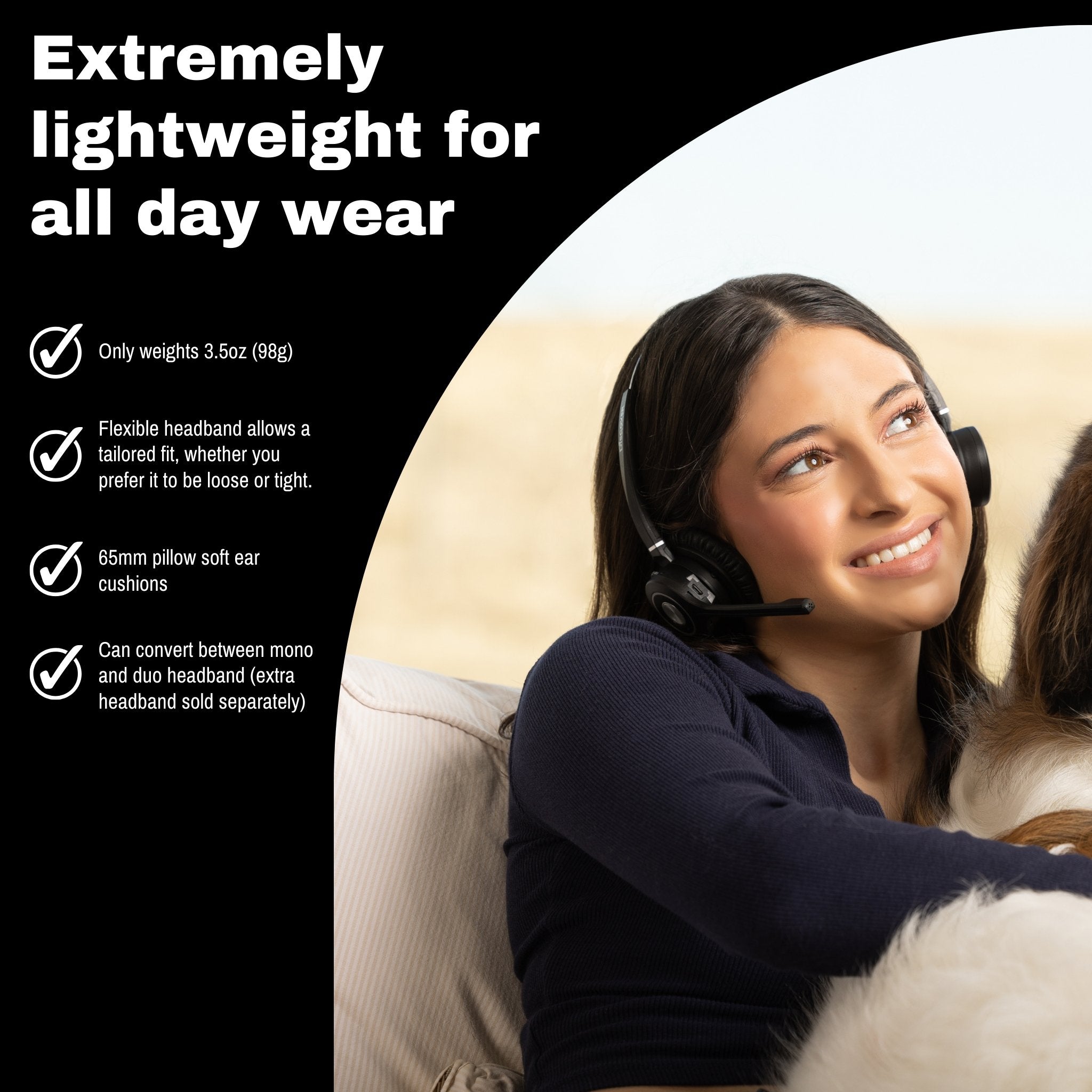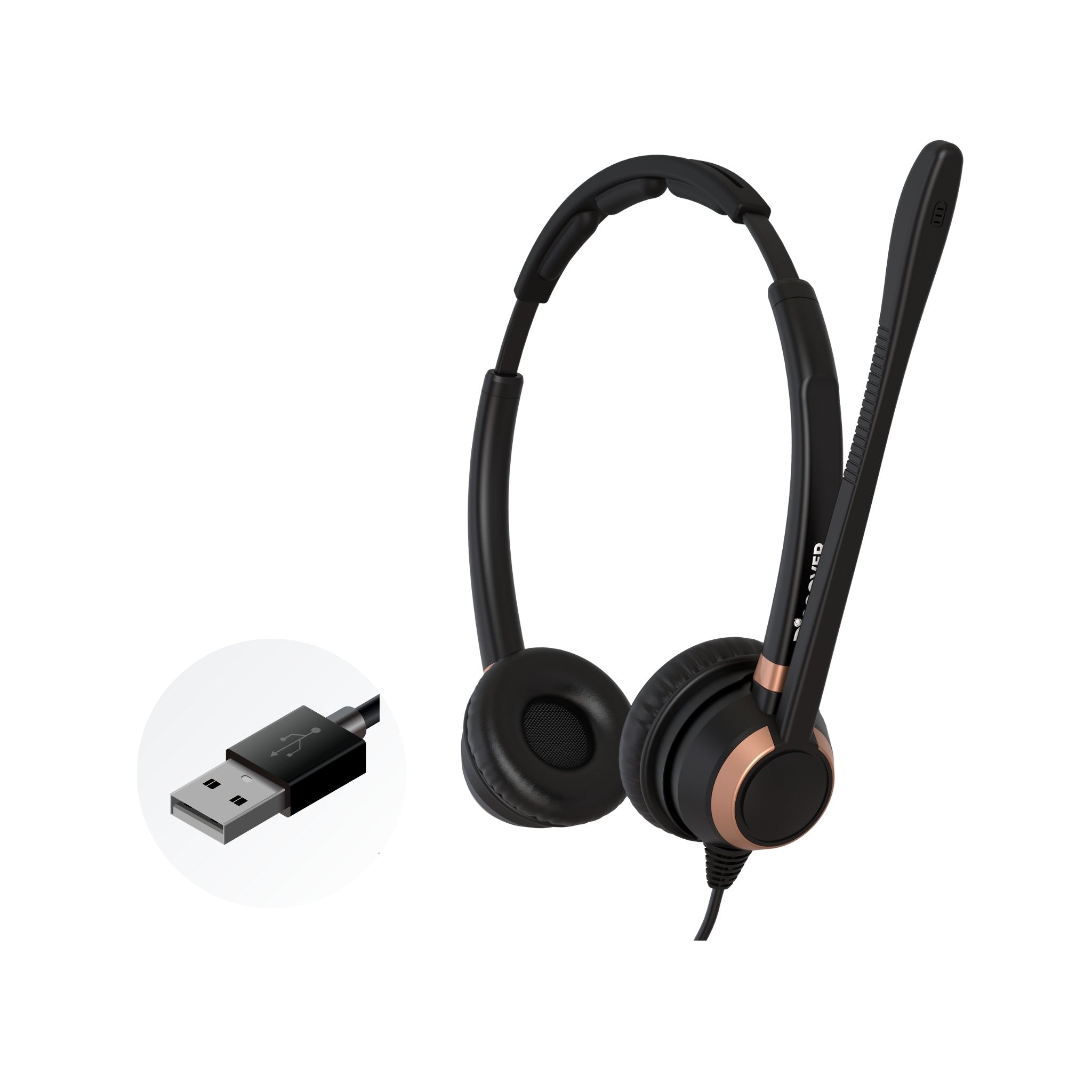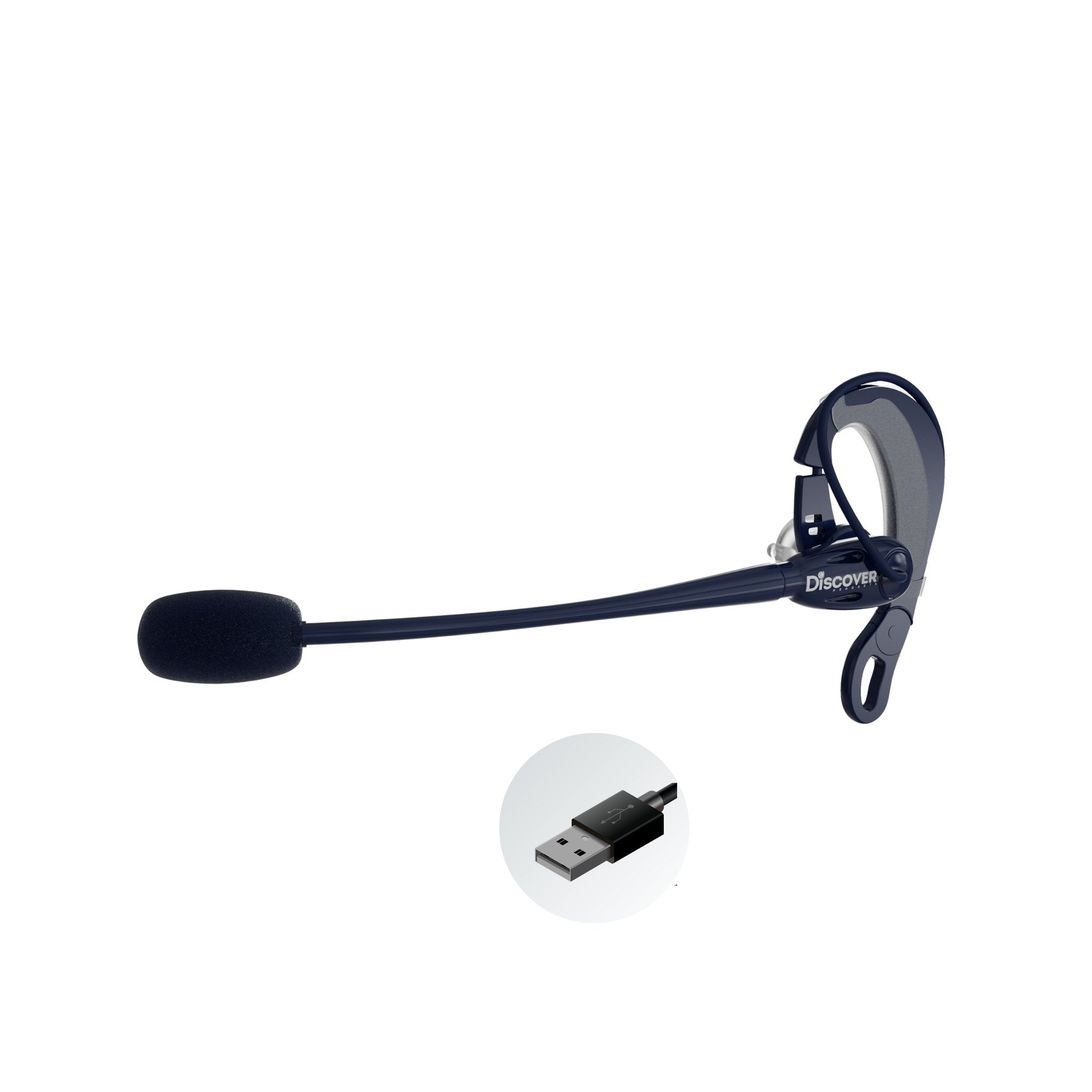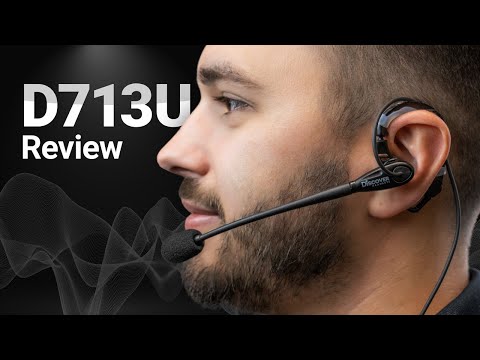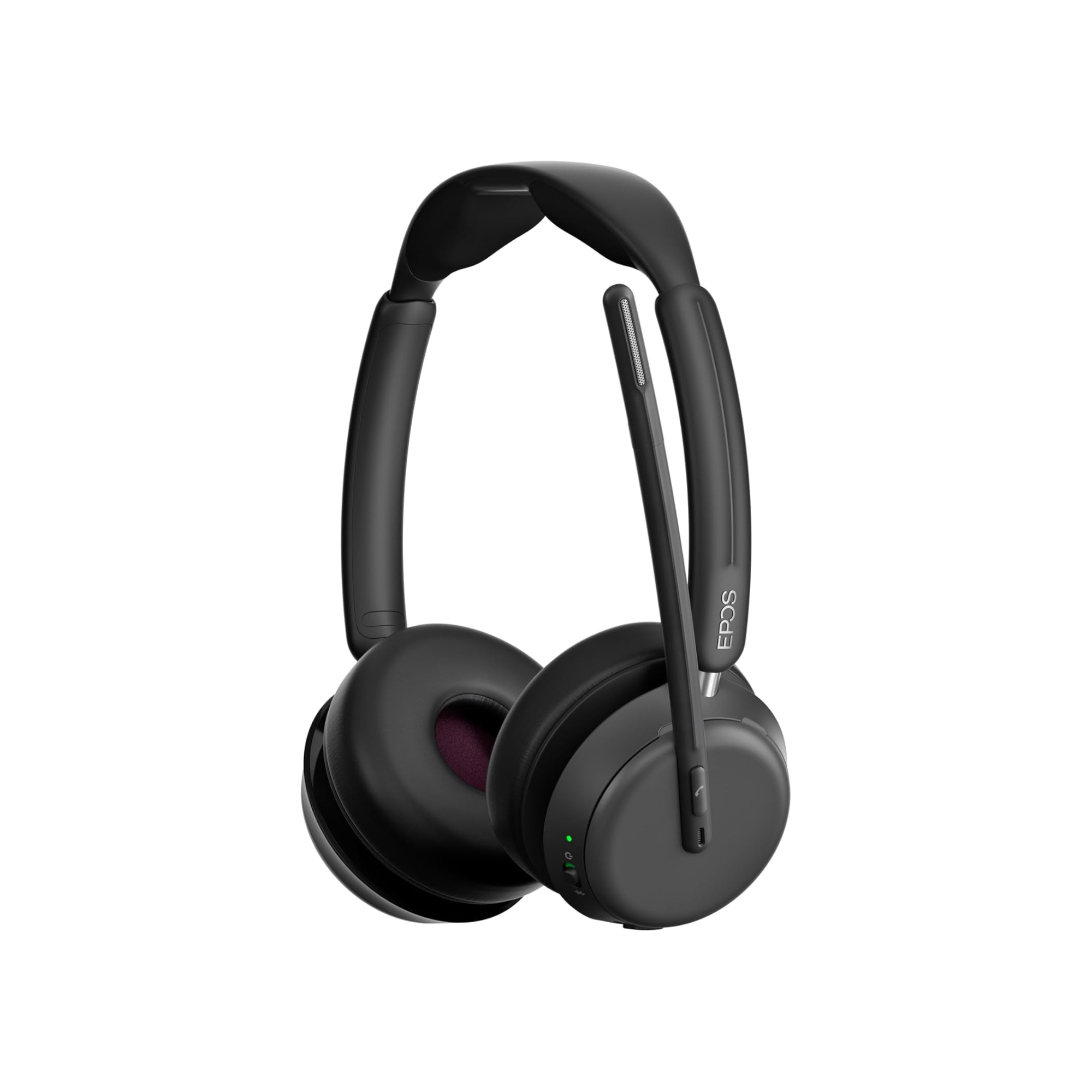Today, when doing your job, you probably rely on devices that include computers and mobile devices. And when using those devices, you’re far more comfortable and productive when you use a high-quality Discover headsets for professional calls, which are designed for crystal-clear communication.
When you put these two headsets side by side, it’s pretty hard to notice the difference between them, except when you compare them with some of the best Discover headsets available today, which offer both style and functionality.
However, with closer examination, you’ll see that the Discover Adapt 20 has a call control button that’s black, whereas the same button on the Adapt 30 is silver. Other than that, these two headsets could pass as twins.
Which model is best for you?
So which one of these two Discover wireless headsets would be best for you? Well, the answer to that question lies with what you need a headset to connect to.
For example, if you have a need to connect to a computer, and at times, to a mobile device, then the Discover Adapter 20 would be your best choice.
That’s because the Adapt 20 comes with a USB-A Adapter, and being a Bluetooth headset, it naturally connects to your Bluetooth-enabled mobile devices, similar to other Discover headsets offering seamless Bluetooth integration.
But if your computer uses a USB-C port, rather than USB-A, no need to be concerned, because when you buy the Discover Adapt 20, it comes with a USB A to USB C adapter. No matter which type of port you have on your computer, the Adapt 20 is compatible.
The Discover Adapt 30 is designed to be used with desk phones, and computers. And this isn’t a Bluetooth headset, because it operates off of DECT technology. DECT headsets are known to provide longer wireless range compared to Bluetooth models, and this is something I’ll discuss shortly.
So if you use a desk phone, but you also need to connect to a computer, then the Discover Adapt 30 is a great headset to consider. Unlike the Discover Adapt 20 that uses Bluetooth to connect, the Adapt 30 connects to desk phones, and computers via the headset base.
Single ear, or double ear, your choice
Something that helps to make both of these headsets Unicorn unique is either can be worn as mono (single ear) headset, or they can be changed over to a duo (double ear) wearing style. As I’m sure you know, headsets are typically one or the other, not both.
What this means is you can wear the headset with one ear uncovered, but if you want to hear less of the sound going on around you, simply remove the single ear headband, and snap on the double.
Changing over is quick and easy, and it gives you wearing options you simply won’t find on any other headset. So when things get noisy and distracting, snap on the double ear headband, or consider upgrading to Discover headsets with superior noise reduction, which also include active ear speakers.
Or, when you want to hear what’s going on around you, then use the single ear option. With the Discover Adapt 20, and 30, you don’t have to choose between a single or double ear wearing style, because you can interchange between them. Both headbands are available as accessories, and they’re very inexpensive.
Sound quality - what to expect
You might be wondering about sound quality. You know, how does the microphone sound, and what kind of sound quality do the ear speakers give you? Well, let’s talk about that.
First, the microphone does a very good job to give you professional sound quality. And, this sound quality makes using these headsets acceptable for use on any important business calls. Voice audio quality is crisp and clear, with no trace of static, distortion, or clipping.
And speaking of the microphone, it can be placed on the right or left side, whichever you prefer. Believe it or not, a lot of headsets only allow the microphone to be placed on one side or the other, but not both. So, with the Discover Adapt 20 and 30, you have the choice.
In terms of ear speaker sound quality, discover headsets built for premium audio experiences provide you with professional sound quality for calls and media. You can of course listen to music, podcasts etc., but in doing so, don’t expect them to sound like an expensive pair of Sony or Bose headphones. The sound quality is decent enough, but just that…decent, not great, and not bad.
Noise reduction
While on the subject of sound, that takes me to the topic of removing it. In other words, how well do these Discover Adapt headsets do to remove unwanted background noise? The truth is, a headset might sound good, but it might fail when attempting to remove background noise.
The other thing here is can it maintain the voice audio quality, when the headset microphone is wrestling with distracting background noise? Some headsets can maintain that voice audio quality, and others just can’t.
And when they can’t, your voice sound quality will be compromised, even though there’s not a lot of detectable background noise.
So how did the Discover Adapt 20, and 30 do when we put it up against the sounds of:
- Office noise
- Dogs barking
- And, our very annoying, loud blender test
Well, the truth is, both of these headsets did a very good job to eliminate these sounds. And not only did they help those sounds disappear, but the voice audio quality remained loud and clear at the same time. This is something that not all headsets are capable of doing, but Discover headsets designed for challenging environments handle it with ease.
If you have distracting sounds in your work environment, then either of these Discover wireless headsets will do a great job to remove it.
Taking calls when away from the desk
One wireless headset feature that’s enjoyed a lot of popularity is remote call answering. And, if you’re not familiar with this term, it just refers to the ability to answer an incoming call via the headset when you’re away from your desk, or computer.
So when you receive an incoming call, you’ll hear a quiet beep tone in the headset earpiece. And once you hear it, you press the call control button that’s located on the side of the headset to take the call. Then, once your call is complete, press the button a second time to end it.
The Adapt 20, via the USB Adapter, allows you to take calls remotely when using Cisco, Avaya or Microsoft Teams. The Adapt 30, which as I mentioned earlier, connects to phones and computers via the headset base, requires the use of a handset lifter, or Electronic Hookswitch Cable, or EHS cable for short.
What dictates the use of a Lifter or EHS cable depends on the make and model of the phone you use. If you have questions about which one you need, contact us here at Headset Advisor, and one of our helpful Advisors will assist you with compatibility.
Wireless range
Being that these are both wireless headsets, with one being a Bluetooth, and the other being a DECT headset, it would be reasonable to wonder how much wireless talk range they give you.
The Discover Adapt 20, which is Bluetooth, gives you up to 100 feet of wireless talk range. This is pretty standard for most Bluetooth headsets, although there are some Bluetooth headsets that can give you up to 300 feet. But that’s the exception, and certainly not the rule.
The Discover Adapt 30, which as I mentioned, is a DECT wireless headset. This model is rated up to 350 of wireless talk range.
Wireless headsets overall, typically don’t give you the full, stated wireless range. We normally cut the stated range in half in order to give a more realistic wireless range.
Obstructions are many times responsible for degrading the wireless signal strength. And, when the signal is weakened, the range you’ll get is reduced. In this specific case, the Discover Adapt 20 should give you about 50 feet of wireless range, and the Discover Adapt 30 around 175.
For most of us, this is enough wireless talk range to allow us to move freely around our workspace.
Talk time, and the battery life
What about the battery life you ask? Great question, and here are the details.
The Adapt 20 gives you up to 20 hours of talk time, and the Adapt 30 gives you 8. In both cases, this is sufficient for doing the things we need to do. Even at 8 hours with the Adapt 30, how many of us are on a call for a full 8 hours?
Or, how many of us log 8 hours of conversation time during our workday? In most cases, none of us, which means 8 hours of talk time is plenty enough talk time to get us through the day.
Buttons and controls

All headsets have buttons that control things. The controls on both of these headsets are the same, and they include these buttons:
- Volume up
- Volume down
- Mute on
- Mute off
- Answer/end (for calls)
No surprises with these buttons because they’re pretty typical to what you’ll find on most wireless headsets.
Comfort stuff

Besides the headsets being lightweight, they both feature a padded headband that helps it to feel more comfortable, especially for long periods of time. And the ear cushions are nicely padded and soft against the ear. All in all, this is a lightweight headset that’s easy to wear for all day if needed.
Overall thoughts
I like the Discover Adapt 20 and 30. I like the fact that you can change the wearing style between single and double ear, which is unique. And I like how it sounds, and reduces background noise, which is important when on business calls.
It’s lightweight and comfortable so you can wear it for long periods of time, and the controls are conveniently located for easy access.
I like that you can take calls when away from the desk, and that USB A to USB C adapter is included. I feel that the wireless talk range is solid as is the battery life.
If you’re like just about everyone I know, you appreciate getting a better deal on the things you buy. I know I’m that way. Well, if you are too, then here’s a deal for you.
If you buy a Discover Adapt 20 or 30, make sure to use coupon code BLOG when checking out on Headset Advisor.
Have questions, or need some help?
We have headset experts ready to help, and the help is 100% free, as in no credit card required. So leave the confusion behind, or get that question answered by contacting us today for some free help.
And, you can talk to someone where there’s no phone trees, or chatbots. Hey, who likes those things? Well I’ll tell you who, nobody.

